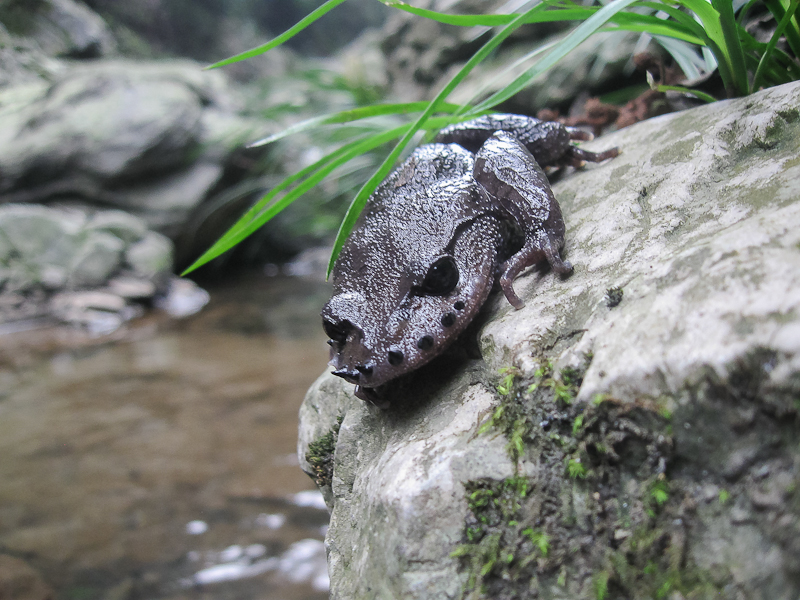This month, men’s moustaches are being coiffed to perfection. But the Emei moustache toad will have to wait until February.
As part of the Movember campaign, moustaches are being grown out for four weeks in an effort to raise awareness for men’s health. But for the Chinese toad, their spiky moustaches stay for a shorter span of just three weeks, and their purpose has only recently been discovered.
University of Guelph graduate student, Cameron Hudson, first observed and videotaped scenes of male-to-male combat occurring between the toads in the streams of Sichuan, China in 2011, sending his recordings to advisor Jinzhong Fu, a professor of evolutionary biology at Guelph.
Watching the videos, Fu confirmed the theory that the toad’s spiky moustache served as a tool of weaponry in the fighting between the amphibians.
“Fighting in amphibians is generally rare, because most frogs use the mating call . . . rather than fight,” Fu said.
But the toad’s moustache was not the only trait that triggered the scientific breakthrough. Hudson and Fu had earlier examined that, unusual for the species, the male toads were larger than the females in size.
“Few people have spent time observing the toads,” Hudson said via email. He said he believes this is because of the conditions needed for the research to be conducted.
“They tend to breed over a pretty short period in mountain streams during the late winter/early spring under water, and also at night, so you have to know what you’re looking for, and where to look. The water is also about 10 degrees Celsius.”
After the discovery, made in 2011, the study was published in the scientific journal PLOS ONE in June 2013.
“I do think that the study is getting a bit more interest because of Movember, but also because the toads are pretty quirky and many people haven’t heard of them before,” Hudson said.
Questions still remain about the breeding habits of the Emei moustache toad.
“They have a very elaborate mating behaviour that’s very unique for frogs,” Fu said.
He said he will continue with his research of the toad’s breeding patterns and rituals.
In the toad’s breeding process, the female will build the nest and leave the egg for the male to fertilize. Then, a third male will come in and take over the protection of the nest.
“They do have a rather complicated mating procedure though, which is a whole other story in itself!” Hudson said.






